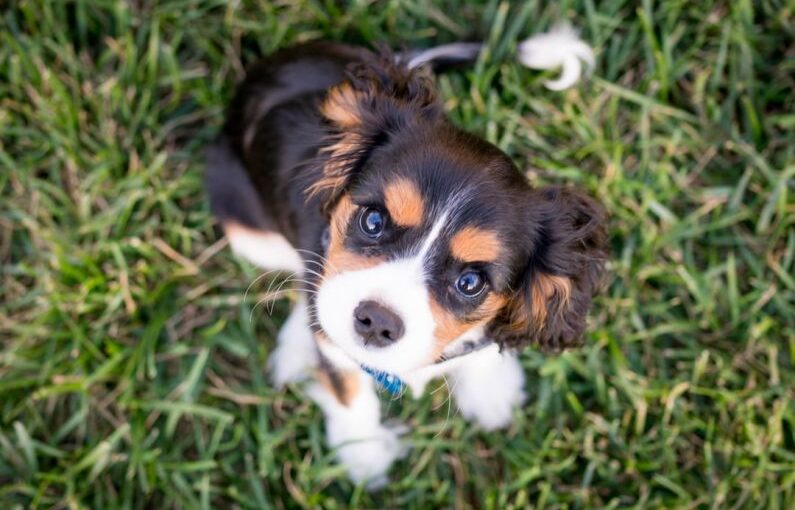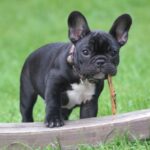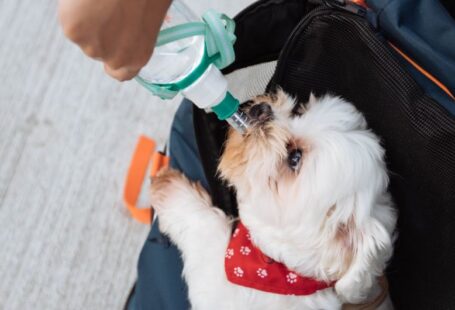Welcoming a new puppy into your home is an exciting time, but it’s essential to ensure that your space is safe and secure for your furry friend. Puppies are naturally curious and love to explore, which can sometimes lead to accidents. By taking some simple steps to puppy-proof your home, you can create a safe environment for your new pet to thrive in.
Assessing Potential Hazards
Before bringing your puppy home, it’s important to walk through each room in your house with a critical eye. Look for potential hazards such as loose wires, small objects that could be swallowed, toxic plants, or sharp objects that your puppy could injure themselves on. Consider getting down on your hands and knees to view your space from your puppy’s perspective and identify any hidden dangers.
Securing Dangerous Areas
Certain areas of your home may be off-limits to your puppy, such as staircases, balconies, or rooms with fragile items. Use baby gates to block off these areas and prevent your puppy from accessing them. Make sure the gates are securely installed and cannot be easily pushed over by your energetic pet.
Hiding Cords and Wires
Puppies love to chew on things, including electrical cords and wires. To prevent your puppy from getting electrocuted or causing a fire hazard, make sure to secure all cords and wires out of reach. Use cord protectors or organize cords behind furniture to keep them hidden and inaccessible to your curious pup.
Storing Cleaning Supplies Safely
Household cleaning supplies can be toxic to pets if ingested. Store all cleaning products in a high cabinet or a locked closet to prevent your puppy from accidentally getting into them. Consider using pet-friendly cleaning products to minimize any potential harm to your furry friend.
Choosing Pet-Friendly Plants
Many common houseplants are toxic to pets if ingested. Before bringing your puppy home, make sure to research which plants are safe for pets and which ones are best avoided. Opt for pet-friendly plants such as spider plants, Boston ferns, or African violets to add greenery to your home without putting your puppy at risk.
Securing Trash Bins
Trash bins can be a treasure trove for curious puppies looking for something to play with or snack on. Invest in trash bins with secure lids or place them in a cabinet with a childproof lock to prevent your puppy from rummaging through them. Dispose of any potentially harmful items, such as sharp objects or toxic foods, in a separate, secure bin.
Investing in Chew Toys
Puppies love to chew, and providing them with appropriate chew toys can help redirect their natural chewing behavior away from your furniture or belongings. Choose durable, safe chew toys specifically designed for puppies to keep them entertained and satisfy their urge to gnaw.
Creating a Safe Outdoor Space
If you have a backyard or outdoor area where your puppy will spend time, make sure to secure the space with a fence or gate to prevent them from wandering off. Remove any toxic plants or chemicals from the yard and provide your puppy with shade, water, and shelter to keep them comfortable and safe outdoors.
Conclusion: Ensuring a Safe Environment
By taking the time to puppy-proof your home, you can create a safe and secure environment for your new furry companion to thrive in. Assessing potential hazards, securing dangerous areas, and making small changes to your living space can go a long way in preventing accidents and keeping your puppy safe. Remember that a little bit of preparation now can help you and your puppy enjoy many happy and carefree moments together in the future.





